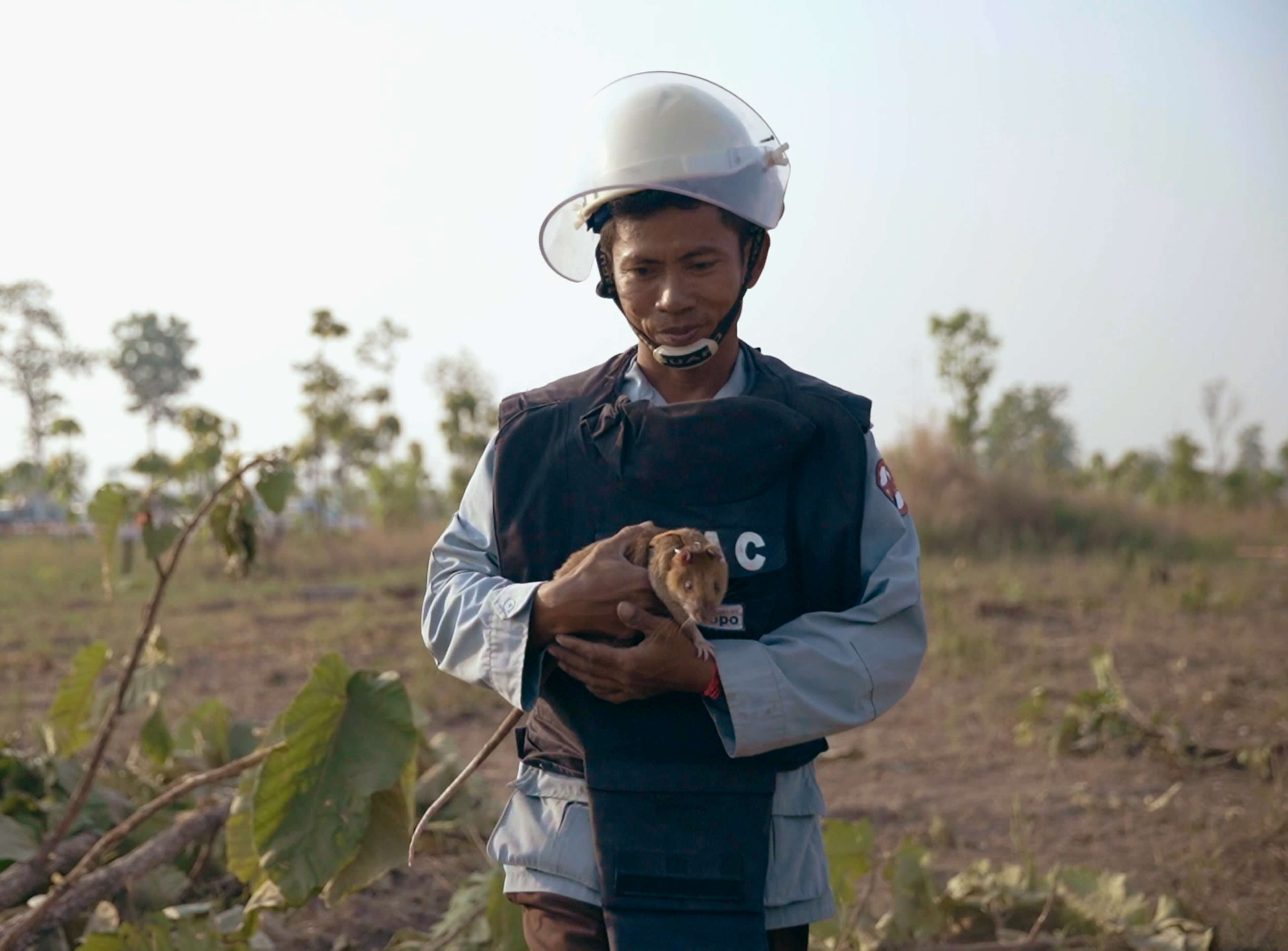Under the Big Top, a Spectacle for Social Change
Under the bright lights of the circus tent, Oun Sreynuth moves with hypnotic grace, every gesture unfolding with deliberation. In her elegant costume, her face arrestingly made up, she cuts an enchanting figure as she takes centre stage.
Back in the light of day, Sreynuth is once again a fresh-faced 22 year-old, her voice soft and hesitant as she shares her humble beginnings, and her dreams of becoming a renowned dancer.
“My parents are divorced. They could not afford to send me to school. So I know that I need to learn a specific skill for myself, so that I don’t have to depend on my parents. I can rely on myself,” says Sreynuth.
Sreynuth’s hopes and determination are part of the everyday at Phare Ponleu Selpak, a Cambodian non-profit in Battambang that has made art one of its pillars of improving life for the underprivileged.
Through free programmes that span from performance to visual arts, the association cultivates students like Sreynuth with the skills to express themselves creatively.
It also provides platforms for employing and showcasing their gifts through its social enterprises, among them Phare The Cambodian Circus. The circus performances in Siem Reap and around the world have attracted over 100,000 spectators to date, helping to sustain the work of the association.
Phare Circus elevates the struggles of ordinary Cambodians into the spotlight, interweaving them with history, folklore and modern influences — reflecting the lives of its students like Sreynuth through artistic expression.
“Art is the soul of a nation. Without art, there is no nation,” says Khuon Det, one of the nine founders of Phare, which began as an art therapy programme for children in the traumatic aftermath of the Khmer Rouge regime.
“Art is identity, where we are, who we are. Cambodia experienced civil wars and during the Khmer Rouge period, many artists were killed,” says Det, who spent his childhood at Site Two, a refugee camp on the Thai-Cambodian border, and left only when he was 22, in 1994.
Through Phare, art becomes the means for healing a nation. “We have trained many young people to be artists, and they will in turn pass down their skills, and teach more people about art, so that art will flourish in Cambodia,” says Det.
Arts has also created opportunities for artists like Houn Sopheak to develop sustainable livelihoods. With Phare, he has travelled to cities in Asia and Europe to perform.
“I know that this is a career that doesn’t last forever. I have to try and earn as much as I can and acquire assets so that I can enjoy passive income in (the) future,” says Sopheak, who has a disability, through sign language.
Adds his sister Sophea, who is also a performing artist at Phare: “In Cambodia, there are not enough jobs for persons with disabilities. For my brother, I can’t imagine him without Phare.”
With COVID-19 putting to a halt to international tourism, Phare has been hit hard with fewer tourists to catch its performances. Find out how they remain determined to cope in our follow-up story in The Better Traveller.
About Phare Ponleu Selpak
Contributors
Director & Editor
Producer
Camera
Russell Chan
Editor
Danial Razak
Writer
Executive Producer










